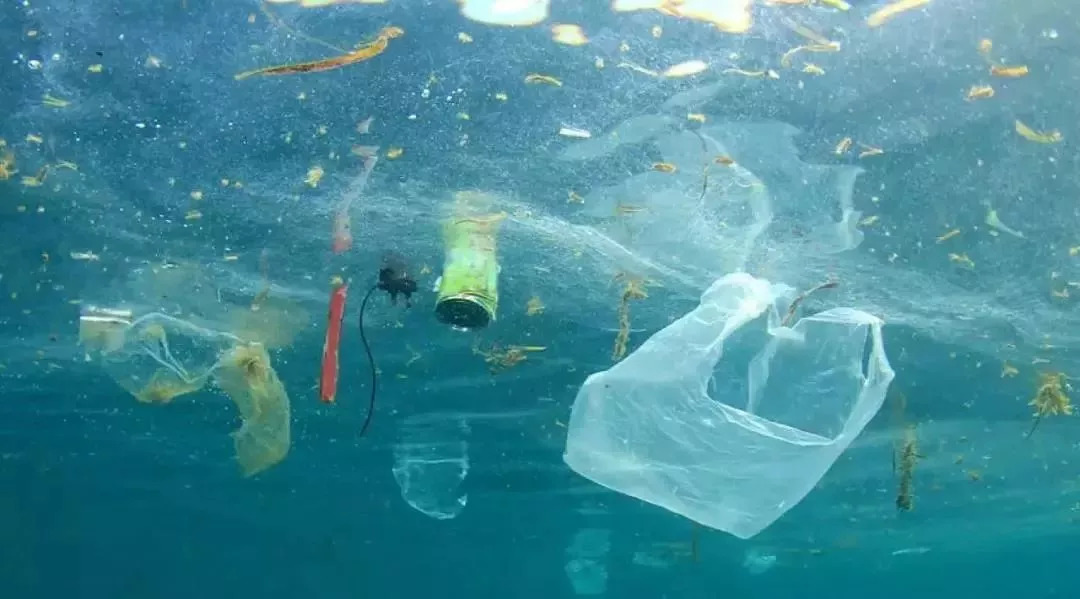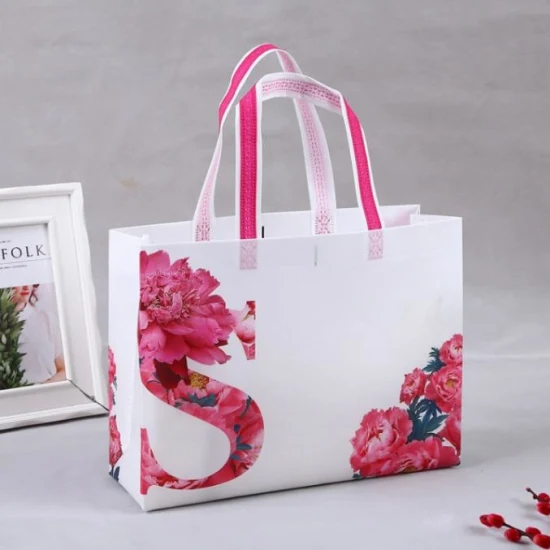Introduction
Plastic pollution has become a critical issue threatening our environment. Ocean beds are littered with discarded plastic bags, taking hundreds of years to decompose and harming marine life. Landfills overflow with non-biodegradable waste, contributing to environmental degradation.In response to this crisis, the demand for eco-friendly alternatives is on the rise. Society is shifting towards sustainable practices, seeking products that minimize waste and environmental impact. The focus is on reusable and biodegradable materials that align with green values.

Understanding Non-Woven Bags
Enter non-woven bags, a game-changer in the eco-friendly revolution. These bags are crafted from polypropylene fibers, offering a durable and lightweight solution to single-use plastics. Not only are they reusable, but they can also be recycled, reducing the carbon footprint left by traditional bags.
What Are Non-Woven Bags?
Non-woven bags are an innovative fabric creation. Defined as sheets of material made from polypropylene fibers, they're bonded together through various processes. This results in a durable and lightweight fabric, perfect for bag production. These bags are composed mainly of polypropylene, a plastic known for its strength and flexibility. Unlike traditional plastics, polypropylene is chosen for its recyclable properties, making non-woven bags a greener option.

Difference from Traditional Plastic and Woven Bags
Traditional plastic bags are lightweight but single-use, leading to widespread pollution. Woven bags, while reusable, often require more material and energy to produce. Non-woven bags strike a balance, offering reusability and less environmental impact.
The Role of Polypropylene
Polypropylene plays a crucial role in non-woven fabrics. It's not only about strength; it's also about sustainability. This material can be recycled, reducing waste and contributing to a circular economy.
Eco-Friendliness of Non-Woven Bags
Reusability and Longevity
Non-woven bags are durable. Made to last, they outperform single-use plastic bags. This durability reduces waste and the need for constant replacement. Reusing these bags is a conservation win. Each reuse means fewer resources are used, and less waste is generated, contributing positively to the environment.
Recyclability and the Recycling Process
Polypropylene, used in non-woven bags, is a recyclable plastic. It can be reprocessed into new products, promoting a circular economy. From production to use and recycling, non-woven bags have a sustainable lifecycle. They are designed to be reused and eventually recycled, minimizing environmental impact.
Energy Efficiency in Production
Producing non-woven bags consumes less energy than traditional bags. This efficiency is a boon for sustainability. With lower energy use, non-woven bags have a smaller carbon footprint. Choosing them means choosing a greener option.
Chemical Resistance and Safety
Non-woven bags are non-toxic. They do not release harmful emissions, making them safe for the environment and for users. Their chemical resistance makes non-woven bags safe for a variety of uses, including food packaging and medical applications, where safety is paramount. By understanding the eco-friendliness of non-woven bags, we can make informed choices that benefit both our daily lives and the planet. These bags are a testament to how innovation can lead to sustainable solutions.
Benefits Beyond Eco-Friendliness
Cost-Effectiveness
Reusing non-woven bags saves money. It's a one-time investment that pays off over time. Fewer bags need to be bought, reducing waste and expenditure. Compared to other green options, non-woven bags are economically viable. They're a budget-friendly choice for those looking to go green without breaking the bank.
Versatility and Customizability
Non-woven bags come in a variety of designs and colors. This variety allows for personalization, making them suitable for all sorts of occasions. They're excellent for branding. Businesses can use custom non-woven bags for promotional events, trade shows, and as giveaways to boost brand visibility.
Durability and Strength
Non woven bags are tough. They can withstand daily wear and tear, ensuring a longer lifespan compared to paper or plastic bags. The strength of bag makes them ideal for heavy loads. Whether it's books, groceries, or gym gear, non-woven bags can handle it all.
Biodegradability Concerns
While more eco-friendly than traditional plastics, non-woven bags still take time to degrade. The rate is, however, faster than many other materials. Innovative additives can enhance biodegradability. These can speed up the breakdown process, making non-woven bags even greener.
Market Trends and Industry Growth
The Rise in Demand for Non-Woven Products
There's a growing demand for non-woven products. As awareness of environmental issues increases, so does the popularity of these bags.
Innovations in Non-Woven Fabric Technology
The industry is seeing rapid innovation. New technologies are emerging, making non-woven bags stronger, more versatile, and even more eco-friendly.
The Future of Non-Woven Bags
Advancements in Sustainable Fabrics
The focus is on enhancing the eco-friendliness of non-woven bags. Research into new materials aims to improve biodegradability and recyclability. promise to make non-woven bags even more sustainable. These advancements could revolutionize the industry, offering fabrics that are lighter, stronger, and more earth-friendly.
Policies and Regulations Supporting Eco-Friendly Practices
Governments are stepping in with policies promoting eco-friendly practices. Regulations encourage the use of non-woven bags over traditional plastics.
Supporting a greener economy, these policies create a framework for businesses to operate within. They incentivize the production and use of sustainable products like non-woven bags.
The Road to a Circular Economy with Non-Woven Bags
A circular economy is within reach with non-woven bags playing a key role. The goal is to keep materials in use for as long as possible, which aligns with the reusable nature of these bags.
Non-woven bags are a step towards a zero-waste future. They can be recycled and repurposed, ensuring that resources are not wasted.
As we move forward, the future of non-woven bags looks bright. With continued advancements and support from policies, these eco-friendly bags are set to become an even more integral part of our sustainable future.
Conclusion
Non-woven bags play a pivotal role in environmental sustainability. Durable and reusable, they offer a viable alternative to single-use plastics, reducing waste and conserving resources. Their recyclable nature supports the move towards a circular economy, where materials are continuously recycled and repurposed. The rise of non-woven bags encourages a shift towards eco-friendly practices. As consumers become more aware of the environmental impact of their choices, the demand for sustainable products increases. This shift not only benefits the environment but also fosters a culture of responsibility and care for our planet.
In summary, non-woven bags are a testament to human innovation in creating sustainable solutions. They represent a practical, affordable step towards a greener future and a healthier planet for all. As we continue to innovate and adopt eco-friendly practices, the role of non-woven bags in environmental sustainability will only grow.
Call to Action
It's time to take action. Support manufacturers leading the way in eco-friendly bag production. By choosing non-woven bags, you're not just making a purchase; you're making a statement about sustainability.
Local businesses to global brands can make a difference. Seek out those prioritizing sustainable practices. Your support can help them grow and encourage others to follow suit.
























